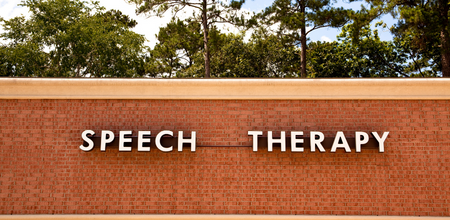Injury Location Appears to Affect Skills
Categories: Cognition - Thinking and Emotional Skills
Does the injury location in the brain affect thought processing and behavior initially and one year after traumatic brain injury?
Past Studies
Past Studies show that the location of the injury in the brain may be useful in predicting the outcome from a traumatic brain injury. Injuries to the front and sides of the brain (
This study
This study included the analysis of Traumatic Brain Injury Model Systems data for 643 similar individuals with traumatic brain injury. The individuals participated in inpatient rehabilitation at the multiple Traumatic Brain Injury Model Systems facilities. The researchers divided the individuals into four groups according to the injury location in their brains. The injury locations included the front part of the brain (frontal lobes), front and side locations (
Who May Be Affected By These Findings
Individuals with traumatic brain injury and their significant others, rehabilitation personnel, researchers.
Caveats
The results of this study are the same as previous studies. This study shows that test scores improve with rehabilitation and suggests that injury location should be considered when planning treatments.
Bottom Line
This study showed that the injury location in the brain affects thought processing and behavior more initially than one year after traumatic brain injury. Individuals with injuries to the front and side parts of their brains experienced the most difficulty with executive functions initially. At one year after injury, the groups had equal executive functioning skills and equal levels of community integration.
Please take a moment to comment on the value of this abstract:
Click here to take a brief survey
Find This Study
Lehtonen, S., Stringer, A. Y., Millis, S., Boake, C., Englander, J., Hart, T., High, W., Macciocchi, S., Meythaler, J., Novack, T., & Whyte, J. (2005). Neuropsychological outcome and community re-integration following traumatic brain injury: The impact of frontal and non-frontal lesions. Brain Injury, 19, 239-256.





